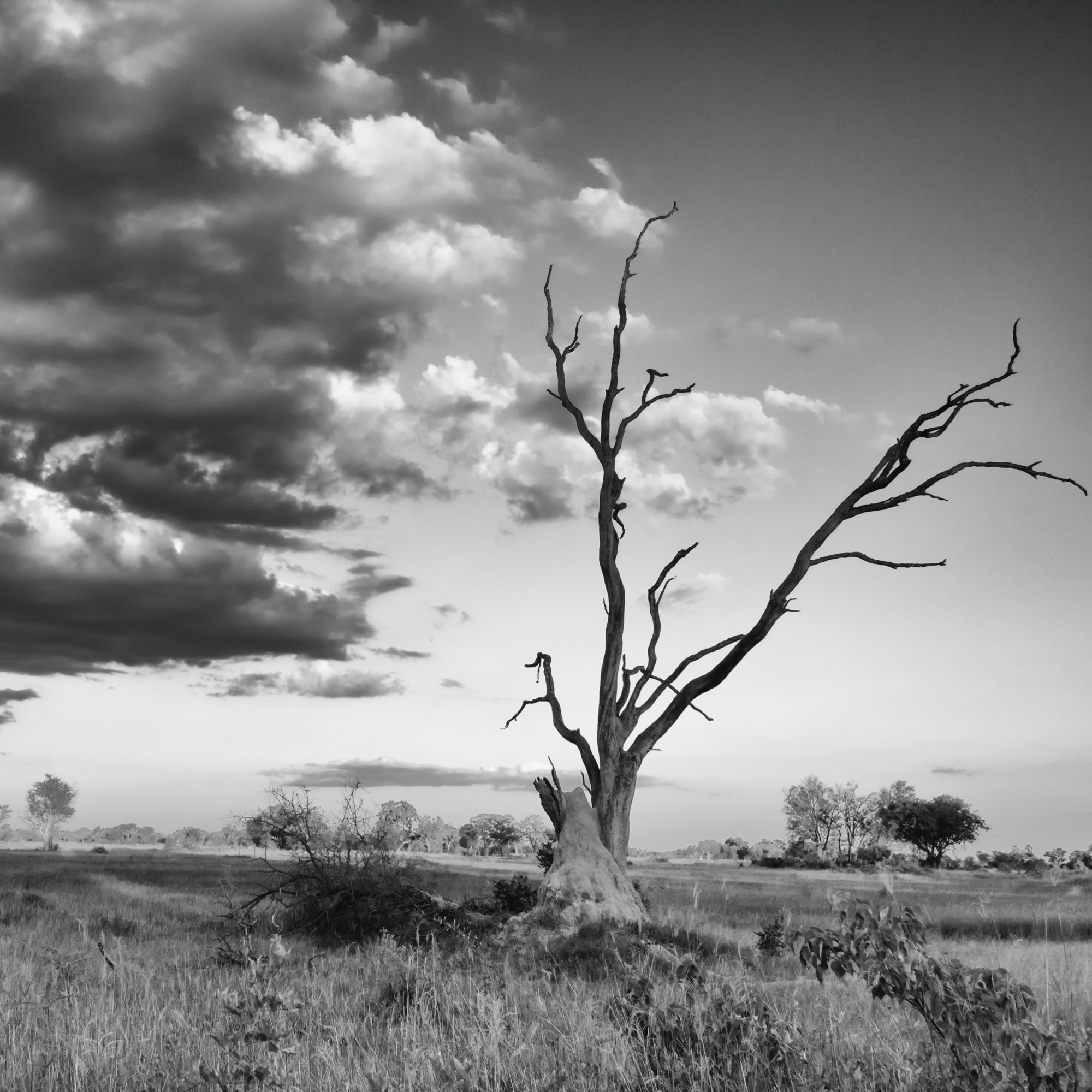



Showcasing the beauty of Mother Nature



A trio of leopard images to start the week. I hope you enjoying, and wishing you a fantastic week ahead.






Wishing everyone a wonderful week ahead!






Mother Nature has certainly not been cooperating with my plans to get out and shoot at night. While I still have images from Joshua Tree that I would like to work through, I thought I would switch it up this week and edit some old images instead.









For this week I worked on a few images from my time in California. Compared to my trips to Africa, I took relatively few photos, but I have a good number that I am interested in playing around with to see what happens.

One of the things I picked up while away was an infrared filter for my camera, and I took it out and started playing around in Joshua Tree when my photo workshop was over. I have so much to learn about all the nuances of infrared photography, but even without doing the proper things, like setting a custom white balance, I am still happy with what I was able to come up with when converting the images to black and white.


I decided on the topic of the night sky for November, mostly because I spent an evening during my holiday at Joshua Tree National Park at a night sky photography workshop, and I have images I want to work through. Also, November may have some potential for night sky photos at home (since it isn’t too bitterly cold yet, and night is falling quite early, which is good for an early bird like me).
Just getting to the workshop proved to be quite an adventure. The night before, a rare thunderstorm rolled through the desert with heavy rain, and there were a lot of road closures due to small local mudslides. In the town of Joshua Tree, the main highway through town had over 6 feet of mud (and a buried Mini Cooper car) in the middle of the highway. When setting off in the morning, I headed toward the Cottonwood gate, planning to head up to the Oasis visitors centre through the park, but that gate turned out to be closed (and would remain so for several days to get everything cleaned up). Then there was a substantial backtrack to get back on the interstate and head to the other gate in Twentynine Palms, but through there I encountered more detours and terrible road conditions. I made it there in the end, albeit rather late and after the class had already started.

Despite the crazy weather the night before, and threats of potential storms during the day of the workshop, the weather couldn’t have been more beautiful, with clear skies and just a few wispy clouds leftover. Besides the driving conditions to get to the park, the other downside to the weather was as the evening cooled, there was a lot of moisture still in the air, causing dew to form. I wasn’t worried about my camera (some of the people that were local, and not used to the moisture that I am, were quite alarmed) but it did mean that images started to appear soft and fuzzy later in the evening. Everyone packed up by about 9:30, because by that point it became impossible to get any clear images. Looking through my images, I can see a definite deterioration in sharpness as the evening draws on, but I still like the images from later in the evening, despite the softness.
Here are a few of the shots I have edited so far. I haven’t broken the habit of working in multiple editors, so I have images done in all of my programs.




